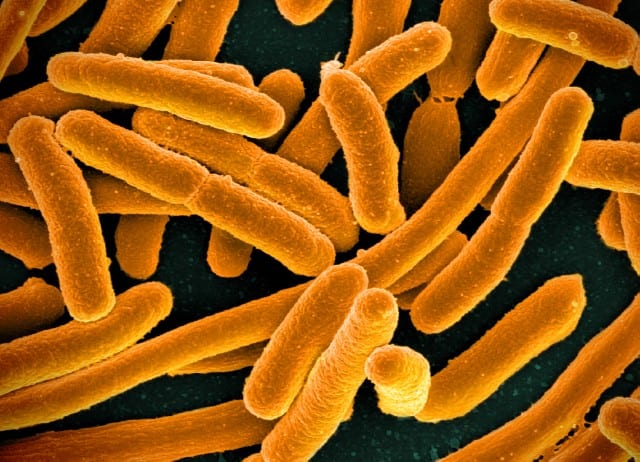Circular competition among three strains of E. coli helps maintain a stable community.
Introduction
In nature, competition usually means dominant species exclude others. If species are to keep from wiping each other out, they need to have something that helps to equalize them. One option is to specialize in a particular resource, such as a type of food, that their competition doesn’t eat. Another way is to have a relationship where each organism can restrict the other in some way to ensure that no one organism takes over. This is known as a rock-paper-scissors relationship.
The Strategy
In the children’s game of rock-paper-scissors, rock smashes scissors, scissors cut paper, and paper covers rock. There can always be different winners and losers, but no one person can win outright every time. Scientists have found species in nature that also compete this way, including some lizards and plants. One example involves three strains of the bacteria E. coli that scientists have nicknamed C, S, and R (see illustration).
Each has its own strengths but also its own weaknesses. C (rock) produces a toxin (called colicin, hence the nickname C) that can kill S (scissors). However, producing that toxin slows the growth of C. R (paper) is resistant to the toxin and grows faster than C, taking over its area. S (scissors) can outgrow R but is sensitive to the toxin.
These strains can exist together as long as they live in patches where there is space to grow uninhibited by the others. If R grows into C’s patch, some of C might die out but C in turn can expand into S’s patch, while S can grow into R’s patch, etc.
The Potential
There are many ways in nature to cooperate rather than compete. Learning from the rock-paper-scissors strategy, we might want to try maintaining stable relationships with others who we usually think of as competitors. By using a ‘give-and-take’ strategy and not over-using resources, everyone in the relationship can prosper.











